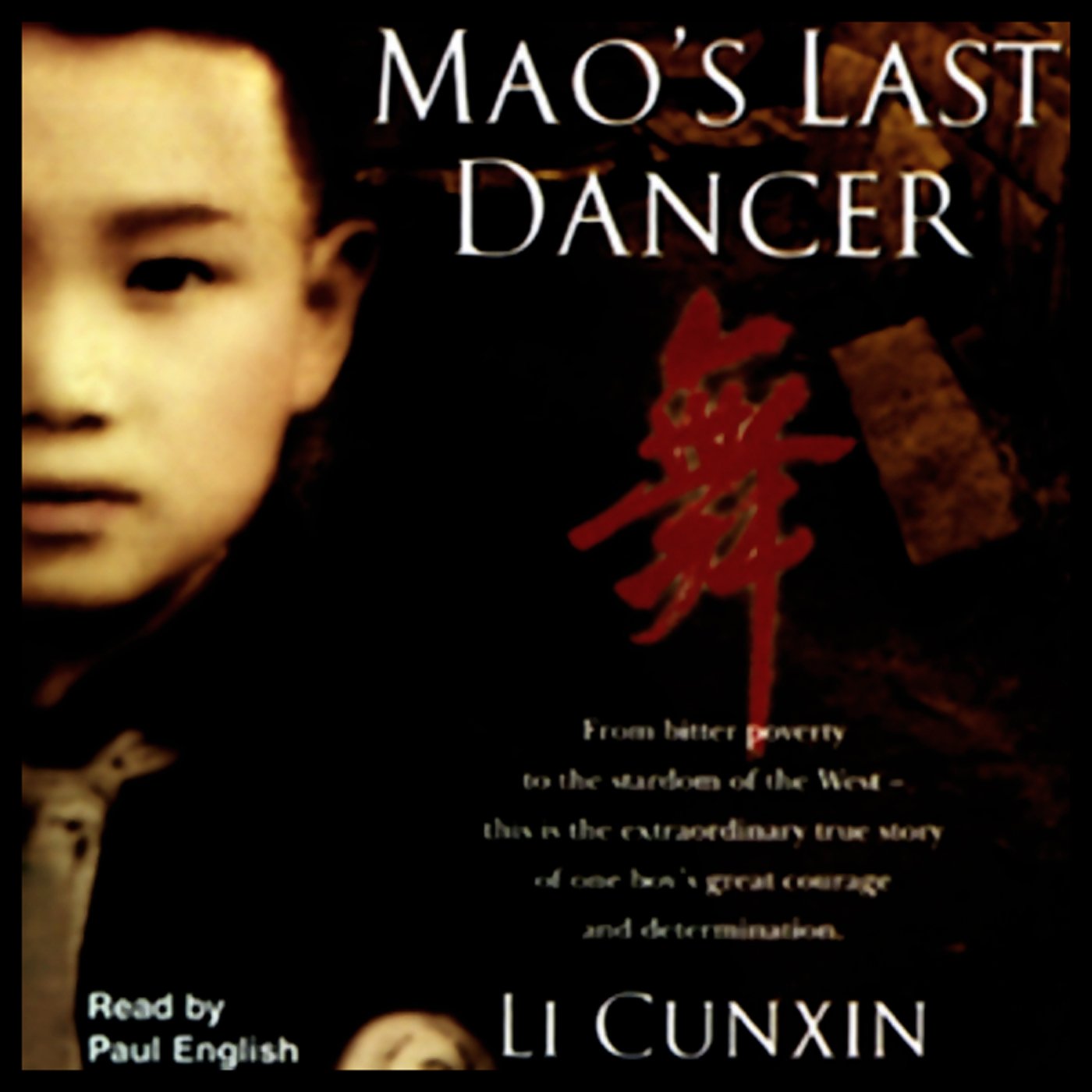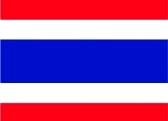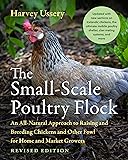All Categories










About Mao's Last Dancer
Product Description One day, not so very many years ago, a small peasant boy was chosen to study ballet at the Beijing Dance Academy. His mother urged him to take this chance of a lifetime. But Li was only eleven years old and he was scared and lonely, pushed away from all that he had ever known and loved. He hated the strict training routines and the strange place he had been brought to. All he wanted to do was go home – to his mother, father and six brothers, to his own small village. But soon Li realised that his mother was right. He had the chance to do something special with his life – and he never turned back. From Publishers Weekly This is the heartening rags-to-riches story of Li, who achieved prominence on the international ballet stage. Born in 1961, just before the Cultural Revolution, Li was raised in extreme rural poverty and witnessed Communist brutality, yet he imbibed a reverence for Mao and his programs. In a twist of fate worthy of a fairy tale (or a ballet), Li, at age 11, was selected by delegates from Madame Mao's arts programs to join the Beijing Dance Academy. In 1979, through the largesse of choreographer and artistic director Ben Stevenson, he was selected to spend a summer with the Houston Balletthe first official exchange of artists between China and America since 1949. Li's visit, with its taste of freedom, made an enormous impression on his perceptions of both ballet and of politics, and once back in China, Li lobbied persistently and shrewdly to be allowed to return to America. Miraculously, he prevailed in getting permission for a one-year return. In an April 1981 spectacle that received national media attention, Li defected in a showdown at the Chinese consulate in Houston. He married fellow dancer Mary McKendry and gained international renown as a principal dancer with the Houston Ballet and later with the Australian Ballet; eventually, he retired from dance to work in finance. Despite Li's tendency toward the cloying and sentimental, his story will appeal to an audience beyond Sinophiles and ballet aficionadosit provides a fascinating glimpse of the history of Chinese-U.S. relations and the dissolution of the Communist ideal in the life of one fortunate individual. 8 pages of b&w photos not seen by PW. Copyright © Reed Business Information, a division of Reed Elsevier Inc. All rights reserved. Review 'An inspiring true story of courage and determination' - Adeline Yen Mah, author of 'Falling Leaves' 'His vivid descriptions of life at home, surviving on family love and dried yams, and of the harsh regime, make riveting reading' Guardian 'Mao's Last Dancer is a modern fairy-tale. Li Cunxin's story is a breathtaking indictment of brute Communism, told with great honesty' - Kate Adie 'Appalling, brave and funny ... you cannot do better than to read this book' Mail on Sunday From School Library Journal Grade 6–9—In 1961, just three years after Mao's disastrous Great Leap Forward, Li Cunxin was born, the sixth son in a family of Chinese peasants who eked out a meager existence on a rural commune. During his childhood he endured unimaginable poverty and hardships and witnessed the shooting of 15 "counter-revolutionaries" by Mao's Red Guards. When chosen to audition for Madame Mao's Beijing Ballet Academy at age 11, ballet became his chance for a good job and enough food for life. Many years of training, two U.S. trips, one premature marriage, and a defection later, Li joined the Houston Ballet as a principal dancer, paving his way to international fame. Although told in a rather bland style—mostly in basic declarative sentences—the information about the country at this time and the danger and angst that accompanied the dancer's decision to defect will be of interest to teens. This Young Reader's Edition of the adult book (Putnam, 2004) gives a much fuller portrait than the author's picture-book version, Dancing to Freedom (Walker, 2008). The black-and-white



























